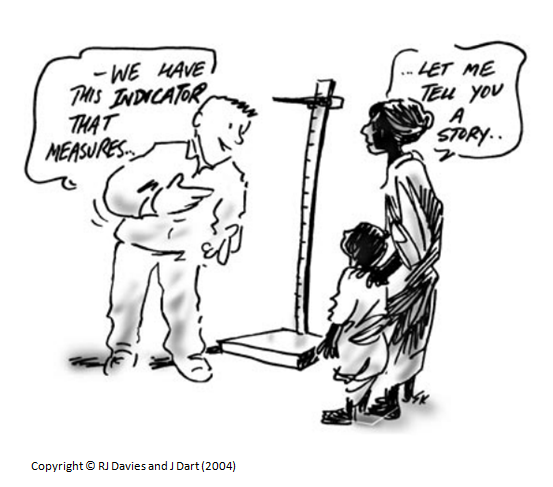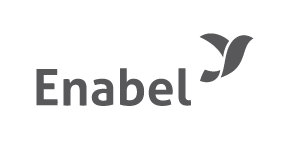Focus on coordination: workshop on narrative storytelling videos
What graphs and tables can't tell you.
Using narrative storytelling videos in development programmes.
How could we integrate qualitative and contextualized information into our development programmes to enrich our monitoring, evaluation and learning processes? BTC invited Tian Cai from Michigan State University to Arusha for an interactive workshop on narrative storytelling videos for development programmes.'hard' data counts
In times of results-based management and a push towards accountability, development agencies have been showing a preference for quantifiable indicators and ‘hard’ data to demonstrate the impact of development programmes worldwide. Qualitative or more contextualized information, yet providing rich and relevant information, are often considered to be expensive, time-consuming and difficult to handle.… but listen to the stories
So, why should we be interested in stories? Tian Cai, academic researcher and storytelling expert explains: “Stories balance logical and emotional dimensions of human thinking. They give us context and background information and people use it to make sense of the real world. Pre-defined surveys provide us solid evidence about what happens in a community, but stories can show us how and why change happens.”Tian argues for an integrated approach where surveys and quantifiable data are complemented with rich stories. Tian: “The stories allow you to contextualize your survey data and tell you what’s behind the graphs and tables.”
technology
The technological and digital developments of the last 10 years radically changed the way development programmes and projects are being monitored and evaluated. Mobile phones, tablets and GIS software have come to the fore, making new, more and richer data available for monitoring, evaluation and learning.According to Tian, the same technological revolution urges us to re-evaluate the shabby treatment of qualitative information in development programmes. “In recent years, technologies have become much more accessible to a wide range of development organisations. Even with a very simple camera or smartphone, you’re able to capture video stories. And with a portable pico-projector screening of videos is now possible in almost any rural or remote setting.”
a tool for development
In her academic research Tian investigates the use of narrative storytelling videos in development programmes in Kenya and Malawi. Tian uses videos for training local communities, for external communication about development programmes and as an alternative way of monitoring, evaluation and learning. Depending on the use of the videos, she uses both testimonies and storylines styles. Tian: “Peoples’ testimonies are relatively simple to shoot with less editing work, while the storyline style include rich information about the socio-cultural context.”During the workshop in Arusha, Tian illustrated the different steps in creating storytelling videos. “The first thing you need to know is what topics you are looking for or which questions you want to answer. Then you need to listen to the stories that are out there. Which stories are mentioned many times or which unique stories represent the community, a certain programme or the diversity or complexity of a development problem?”
and…action!
At the end of the workshop Tian invited all participants to prepare and design their own storytelling videos. Based on personal stories from their professional experience, the participants developed their own storyboard, a brief planning and description of the different scenes of the story. “The storyboard briefly outlines the different messages you want to include in the video, but it should not be too detailed as you want the people themselves to tell the story from their perspective.”So, after a short but intensive one day workshop our participants left with a storyboard of what could become their first storytelling video. We definitely got inspired about the potential value of storytelling and many participants got triggered to integrate it into their programmes and projects. As one participant explains: “I realized that integrating narrative storytelling videos in our programme is really feasible and doesn’t necessarily need to be time-consuming or expensive. We made our own storyboard now, so basically we only need a camera and a microphone and we can start shooting our video.”
Latest news from this project
No news

